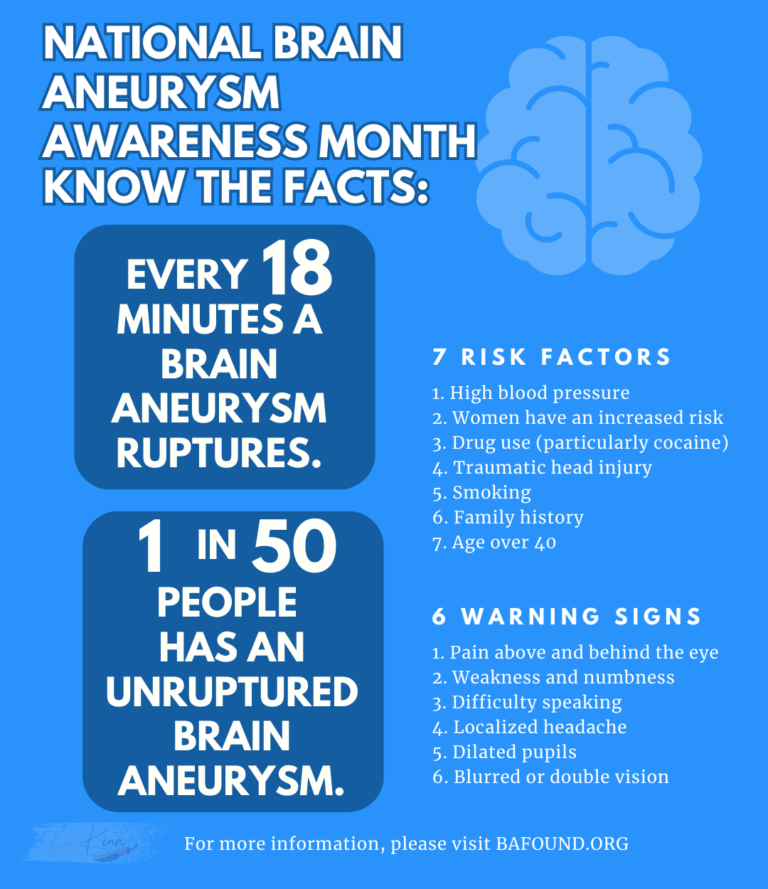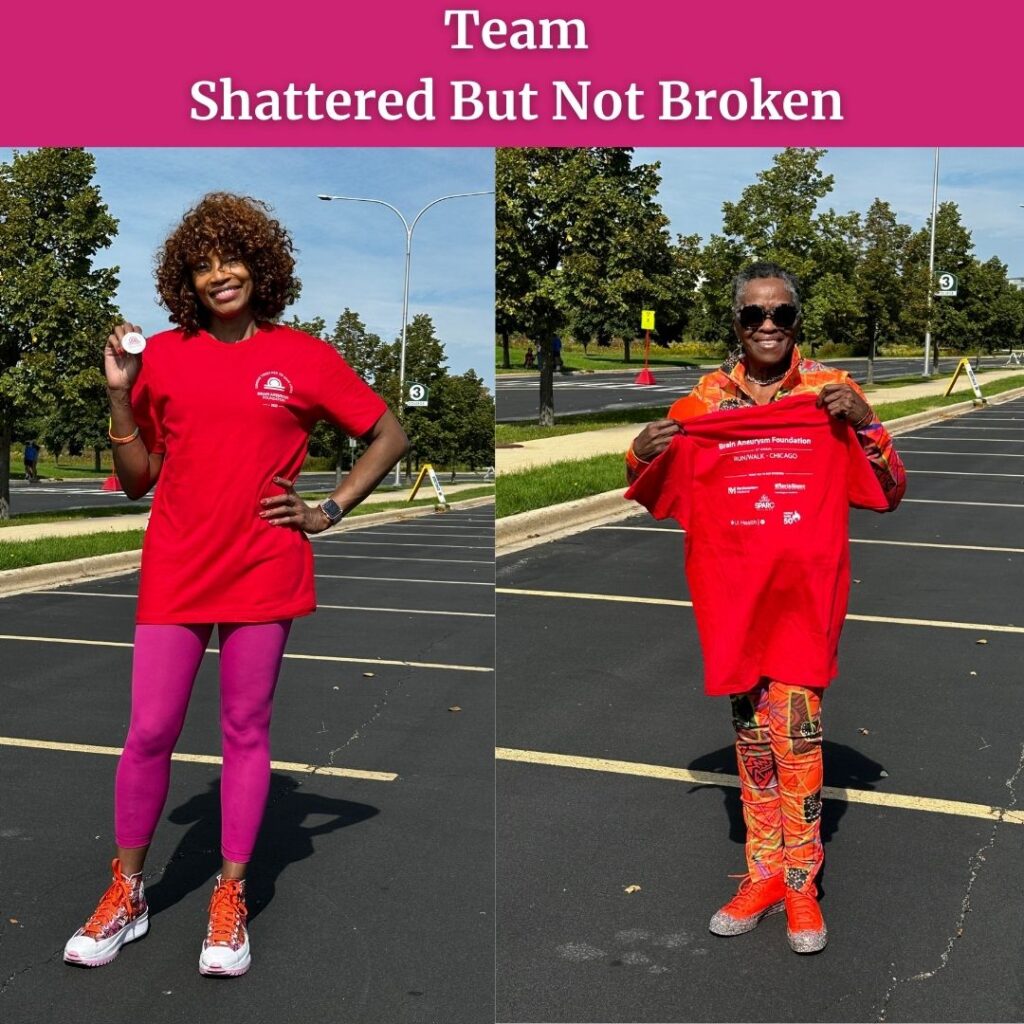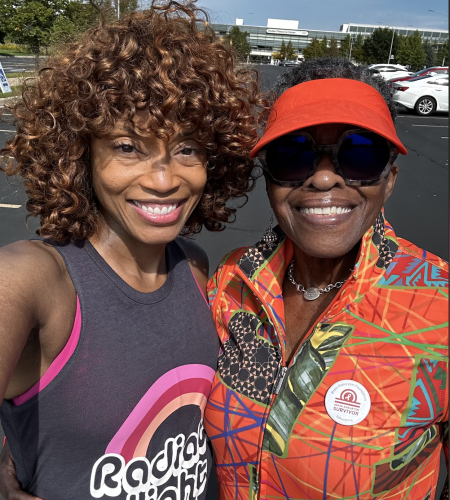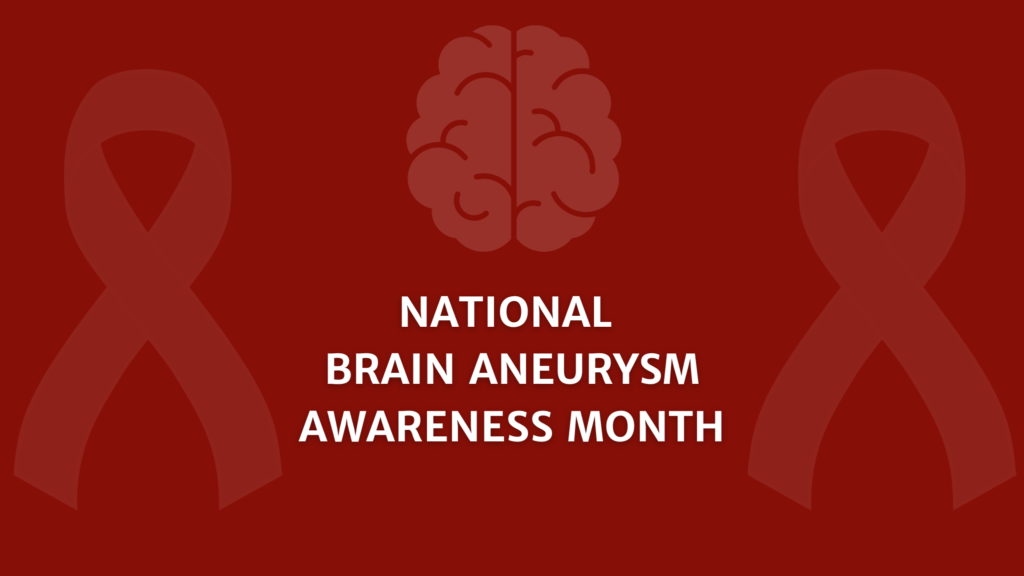On Christmas Day 2002, my family gathered around the dinner table, expecting the warmth of togetherness and joy that the holiday always brings. But in an instant, everything changed. My mother, in the middle of the celebration, suddenly collapsed. We would later learn that she had suffered a ruptured brain aneurysm, a moment that would forever mark our lives.
The days that followed were filled with fear, confusion, and countless hospital visits. My mother’s brain aneurysm had struck without warning, leaving her with severe complications. The recovery process was long and uncertain, and the experience was traumatic for our entire family. Watching her battle through the physical and emotional challenges after her rupture felt overwhelming, and we relied on faith and each other to make it through.
My Own Battle with a Brain Aneurysm
Fast forward to 2013, when my life took a sharp turn. I was diagnosed with a brain aneurysm myself. The shock of my diagnosis felt like a dark cloud hanging over me. To hear the same words that were spoken about my mother years before, this time about my brain, was nothing short of terrifying. In that moment, everything came rushing back: the trauma, the memories of my mother’s rupture, and the fear of what might come next for me. My family’s story was not an isolated incident—there was a genetic component to the brain aneurysm that now bound us even tighter.
I thank God daily for guiding me through this difficult journey, for the strength to face the uncertainty, and for the doctors who have helped me monitor my condition. It’s a journey that isn’t easy to talk about, it needs to be shared.
Know the Facts
September marks Brain Aneurysm Awareness Month, a time dedicated to shining a light on a condition that affects nearly 1 in 50 people. Brain aneurysms, often called a silent killer, can go undetected for years, as they usually don’t cause any symptoms until they rupture. When that happens, the results can be catastrophic, leading to life-threatening complications and long-term disabilities.
For those of us with a family history of brain aneurysms, like my mother and me, the risk can be even higher. This genetic component makes awareness and early detection all the more important. My family’s story is just one example of how brain aneurysms can impact multiple generations, and this month, we remember the lives lost and celebrate the survivors who continue to fight.
Raising awareness isn’t just about understanding the medical condition—it’s about encouraging others to take action, get screened if they’re at risk, and support ongoing research. Knowledge can save lives.
Ways to Support
As we observe Brain Aneurysm Awareness Month, I encourage you to consider supporting the cause in any way you can. One of the most impactful ways to help is through donations. Every contribution, no matter the size, plays a critical role in advancing research, improving treatment options, and helping families affected by this condition.
There are many organizations dedicated to raising awareness, supporting patients, and funding research for better treatments. Your donation can make a difference in helping to prevent another family from experiencing the trauma mine did. Together, we can work toward a future where fewer lives are lost or forever changed by brain aneurysms. I urge you to share your stories, encourage those you love to get screened if they’re at risk, and support the ongoing fight for better research and resources.




